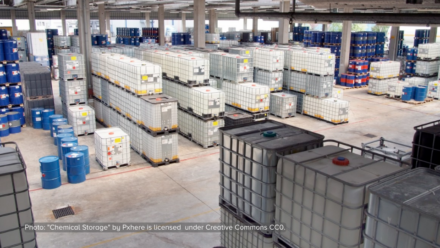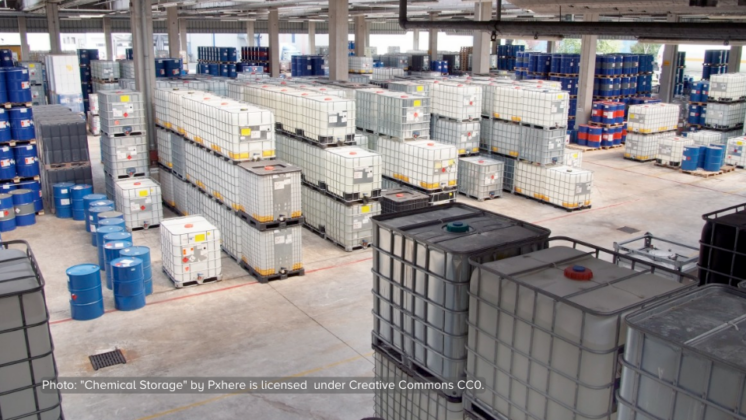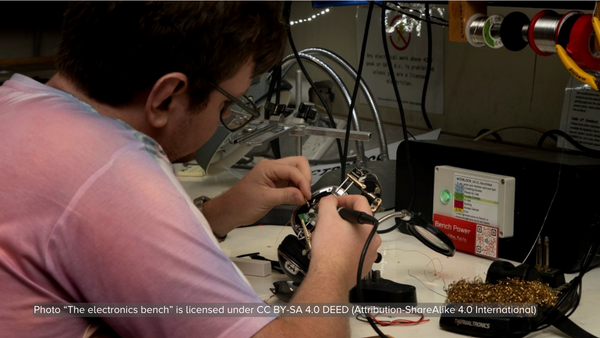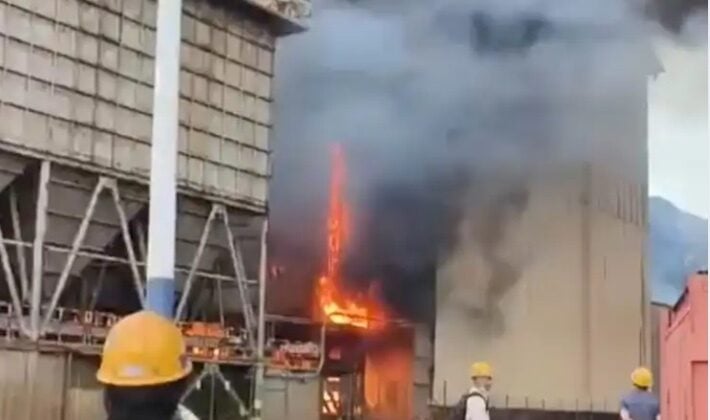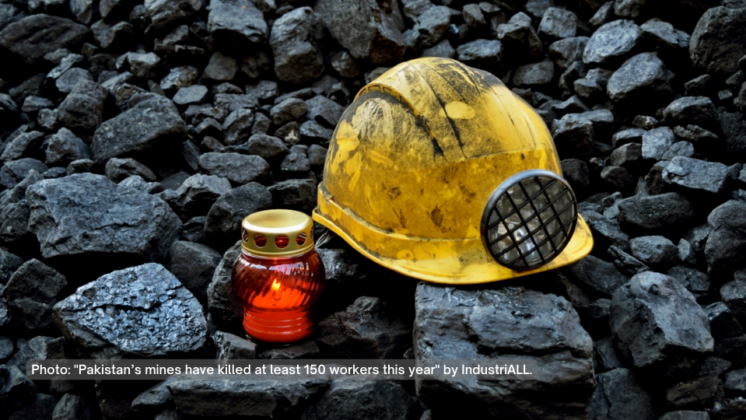In an unprecedented ruling, Korea Workers’ Compensation and Welfare Service (KCOMWEL) on June 1 cited malignant lymphoma as an occupational disease and granted workers compensation to Park Hyo-soon, a former Samsung Electronics Co. Ltd. employee who died of the blood disorder four years ago.
Posthumous Grant
KCOMWEL’s posthumous grant broke the old decision-making pattern, in which it often rejected workers Samsung occupational disease victims’ petitions for lack of evidence. The service granted the benefits to Ms. Park’s family although Samsung did not provide data related to her working conditions, according to SHARPS.
However, it took almost four years for KCOMWEL to reach the decision, the advocacy group added.
A Model Student
Ms. Park shared the same traits of about 200 Samsung workers profiled by SHARPS as suffering from blood disorder. She was born and raised in a poor family in Hwasun, South Jeolla Province. She was such a popular and well-behaving student that she earned model behavior recognition at high school. In 2002, Ms. Park got a job as chip-line operator at Samsung, a few months before graduating high school. She was diagnosed with terminal-stage lymphoma in 2010, about four years after she quitted the job at Samsung, citing skin disorder. She died in 2012. Ms. Park was 28 years old.
The following is an excerpt of the press announcement released on KCOMWEL’s decision by SHARPS on June 3, 2016 (all brackets [ ] are added by the translator):
1. Korea Workers’ Compensation and Welfare Service (KCOMWEL) on June 1 decided to grant workers compensation to the late Park Hyo-soon, aged 28 years, citing that non-Hodgkin lymphoma, or malignant lymphoma, constitutes an occupational disease as she could have developed it as a result of exposure to benzene or other materials.
2. KCOMWEL’s decision is significant because for the first time it declared malignant lymphoma an occupational disease. As of the decision, the service has approved a total of 11 workers of Samsung Electronics Co., Ltd. and its LCD unit as victims of such industrial diseases as leukemia, aplastic anemia, breast cancer, brain tumors, ovary cancer and, now, malignant lymphoma. (Just as with leukemia, malignant lymphoma is a group of blood cell tumors developed from lymphatic cells as a result of exposure to benzene, ionizing radiation, etc.)
3. KCOMWEL’s decision is of meaning because it was not a passive one, nor based entirely on data and responses submitted by the employer.
During the inquiry, Samsung said the victim had not been verifiably exposed to hazardous material while on the job. However, KCOMWEL’s investigating arm, the Occupational Safety and Health Research Institute (OSHRI), after onsite investigations, concluded that the victim was exposed to carcinogenic materials, pointing to the fact that data submitted by Samsung still redact chemicals as trade secrets and that there was no chemical detector in place when the victim worked at the company. This likely showed an improvement from the hitherto investigative practice which depended entirely upon data provided by the company which often refuses to disclose key working-condition information, citing irrelevancy.
4. However, the decision was a long time in coming. It took three years and eight months since the petition filed by Ms. Park’s family in Oct. 2012. This is a serious problem because KCOMWEL clearly violated Clause 1 of the Act on Industrial Accidents and Workers Compensation, which codifies the principle of prompt and fair compensation.
As early as in 2008, an epidemiologic survey by OSHRI found that females employed in semiconductor production have a “significant probability” of developing malignant lymphoma compared with general population. Since 2011, the administrative court, on three different occasions, ruled in favor of leukemia, a hematopoietic disorder similar to malignant lymphoma, as an occupational disease for workers employed in the Giheung plant of Samsung. It baffles us to understand why it has taken such a long time to approve workers compensation for a similar disorder inflicted on other workers employed at the same plant. The Ministry of Employment and Labor must analyze the reasons for such delay and improve complex and slow workers compensation proceedings.
5. The late Ms. Park began to work at the Giheung plant in April 2002, a few months ahead of graduation of a vocational high school in Hwasun, South Jeolla province. She has since worked as operator at photolithographic lines for three years and seven months, exposed to a variety of hazardous materials. She also frequently switched between day and night shifts, disrupting her formative biorhythms. In January 2006, she resigned from the job, after suffering erythema. In Nov. 2010, Ms. Kim was diagnosed with Stage 4 lymphoma. She was only 26 years old. On Aug. 19, 2012, she died, aged 28 years.
As of June 2016, SHARPS has profiled a total of 223 former workers of Samsung Electronics Co., Ltd and Samsung LCD Co., who said that they developed a variety of blood disorder. Among the 224, 76 have died. How much longer would Samsung say it has no responsibility for this ongoing disaster? How much longer does it believe it can continue to cover up its [hazardous] working conditions?
6. As of June 3, SHARPS marked the 221th day of its sit-in at Samsung D’light, the company’s so-called global exhibition space in south Seoul. The sit-in will continue as Samsung keeps on shirking responsibility and evading dialogue. Even with 11 former employees on workers compensation benefits for [similar types of blood disorder], the world’s largest technology company has never admitted to responsibility.


